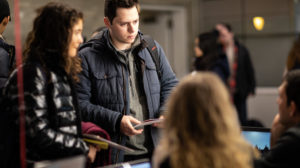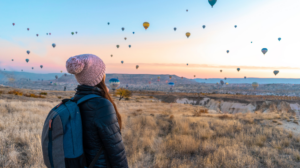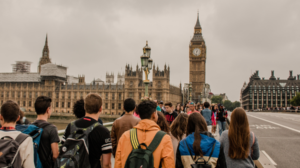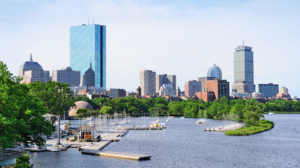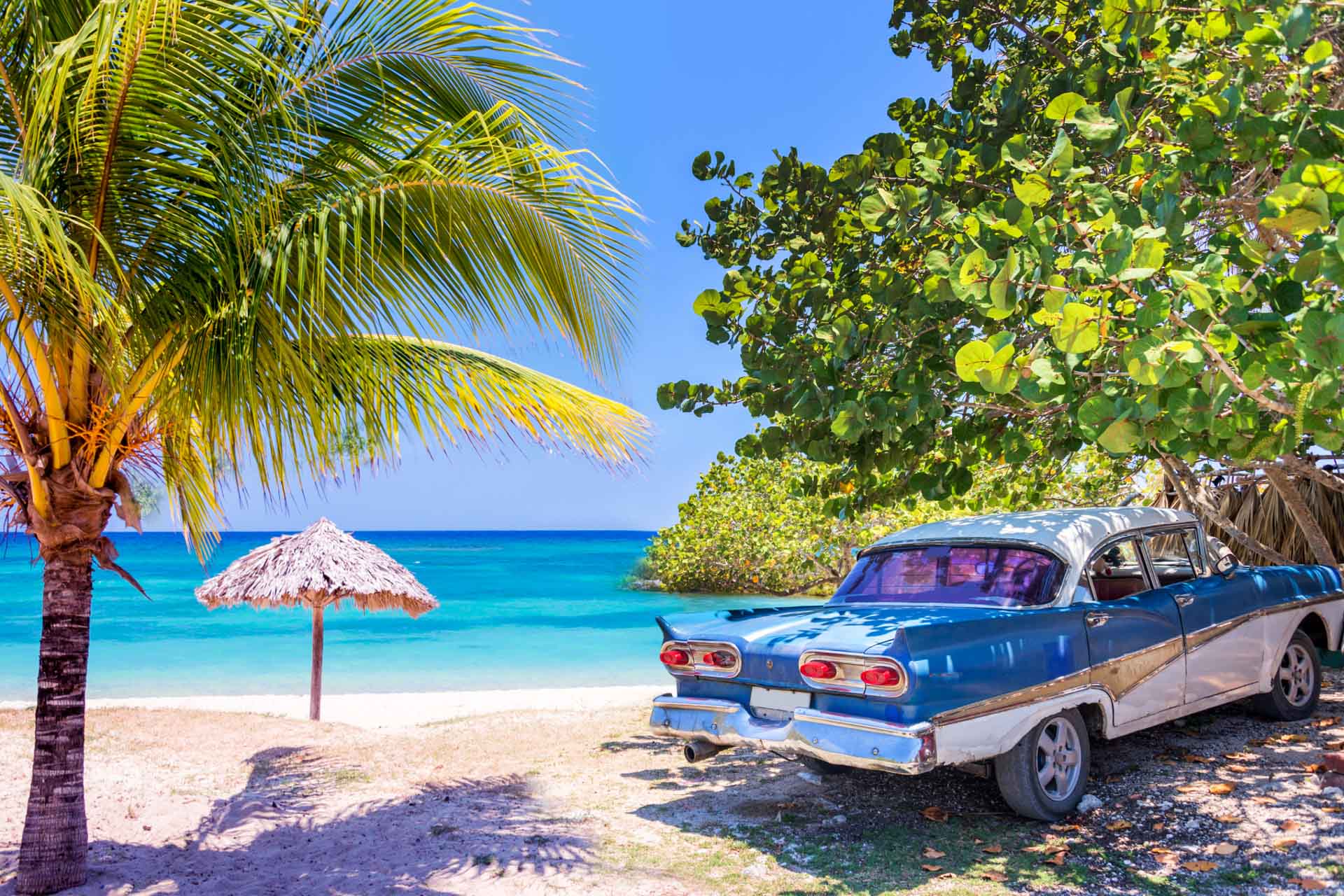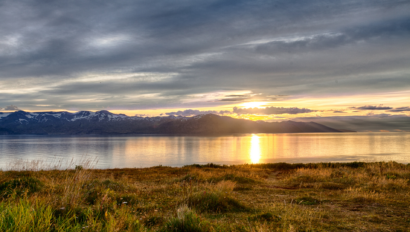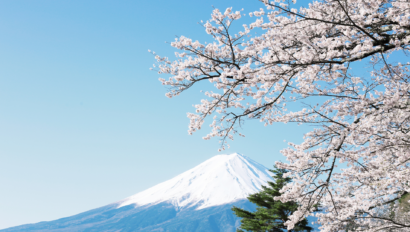Varadero is a small peninsula about two-and-a-half hours east of Havana. It’s just past the city of Matanzas, which is the capital of the province, also called Matanzas. But the joke many Cubans like to make about Varadero is that it’s not really in Cuba.
You see, many European, Canadian, and Asian tourists who come to Cuba just for the beaches, tanning, and food spend their time in Varadero and places like it, instead of the rest of the country. They may make a day trip over to Havana, eat at a few fancy restaurants, but then they return to their little hideaway on the white-sand beach. When Cubans make this joke, though, they aren’t malicious or angry. In a way, a lot of them are happy for the economic boost that tourism brings to the island. But, regardless, Varadero is not a place Cubans ever think about going, mostly because they can’t afford it.
Our resort was all-inclusive, where we had access to a pool, the beach, a club, and a near-constant buffet at no cost for more than 24 hours. Other (paid) opportunities included shopping, massages, facials and more. The pool had a bar that you swam up to from the inside. There was hair braiding and even traditional Cuban dancing. It was like a dream. This is the type of resort that I always wanted to visit when I was in high school and watched as my friends took spring break trips to Mexico and the Caribbean.
And, since both of my articles were finished and turned in, I felt really relaxed. There were no major deadlines looming over my head. But while I had an amazing, soothing time at the resort, it was a completely different world from the rest of the trip. We could have actually left the country, as many Cubans say, and I would not be surprised.
Everyone spoke English. All the signs, too, were in English. You could spend American money at some of the shops. There was every style of food imaginable. None of the buildings looked broken down or dirty. There was no trash and no stray animals. All the hallmarks that I talked about in my first blog, about my first impressions of Havana — you would find none of them here. This place had been carefully curated to represent only the best parts of Cuba, and ignore the rest.
Inherently, that’s not a bad thing. We spent three weeks doing intensive journalism work in a very difficult country with very difficult and emotional stories. In our last weekend here, I can’t blame anyone for wanting a little rest and relaxation. But it was a little weird for me to not quite know what to write about this week for my blog. I’m not sure it’s interesting, all this information about what the resort was like, but honestly, there’s not much else going on right now.
The one thing that Varadero has in common with the rest of Cuba is the perception of time. Things move slowly here, whether you’re in one of the resorts or in the middle of Havana. But in Havana, it was maddening. I felt like I was always rushing to catch up because either I was late or the other person was late, which then made me late to something else … It was always a bit of a race to get things done. By the end, I was adapting, which made it even stranger to find myself in Varadero.
Things move slowly in Varadero, on the other hand, because people are relaxed. They are on vacation. They have no deadlines, no articles to finish, no final photographs to take, no final b-roll to get for a video.
So, Cubans are right that Varadero is not like the rest of the country. But honestly, I think it helped shape my perceptions of Cuba because I visited both Havana and the resorts. Cuba is both of those things unapologetically. If you want to see the real Cuba, you can’t spend all your time holed up in an all-inclusive resort with a white-sand beach. Sure, it’s beautiful. But you won’t see anything real. Havana, and smaller cities like Trinidad and Matanzas, are where the real people live.
I guess the point of this blog, as we gear up for departure back to the United States, is about what you should do when you’re in Cuba. You can get lost in Havana, too, particularly if you spend all your time in foreign-owned hotels and state-run restaurants. The Cuban government makes it very easy to stay in your American bubble, only seeing what you want to see and failing to understand the Cuban reality.
But you can change that. You can visit paladars, small restaurants inside people’s homes. You can stay in casa particulares, which are like little bed-and-breakfasts. You can walk through Havana without taking the expensive yellow taxis back and forth. And, you can spend time in places like Marianao, La Lisa, and San Agustin that don’t appear on the “10 Things You Must Do in Havana” lists.
Visiting Cuba is a privilege and it should be done correctly. With so few opportunities for Americans to travel there, I want to make sure that the people who come after me, whether from Northeastern or not, know the real way to travel to Cuba. It’s a beautiful place, but not just because of the beaches or the resorts. It’s a beautiful place because the people there have made lives out of nothing and they will share everything they have with you without a second thought.
When my friends and family learned that I had been accepted into this journalism dialogue program, they were instantly concerned about my safety. They had this idea that Cubans hate Americans or hate tourists — but it’s not true. I didn’t feel a single moment of hostility from anyone because I was American. It’s time for us to shake off those delusions and stereotypes and start befriending a neighbor only 90 miles off our shore.
I hope others visit Cuba and I hope it becomes easier for Americans to travel there. There’s a lot to do and a lot to learn. Don’t spend all your vacation in Varadero. You’ll miss the real show.

